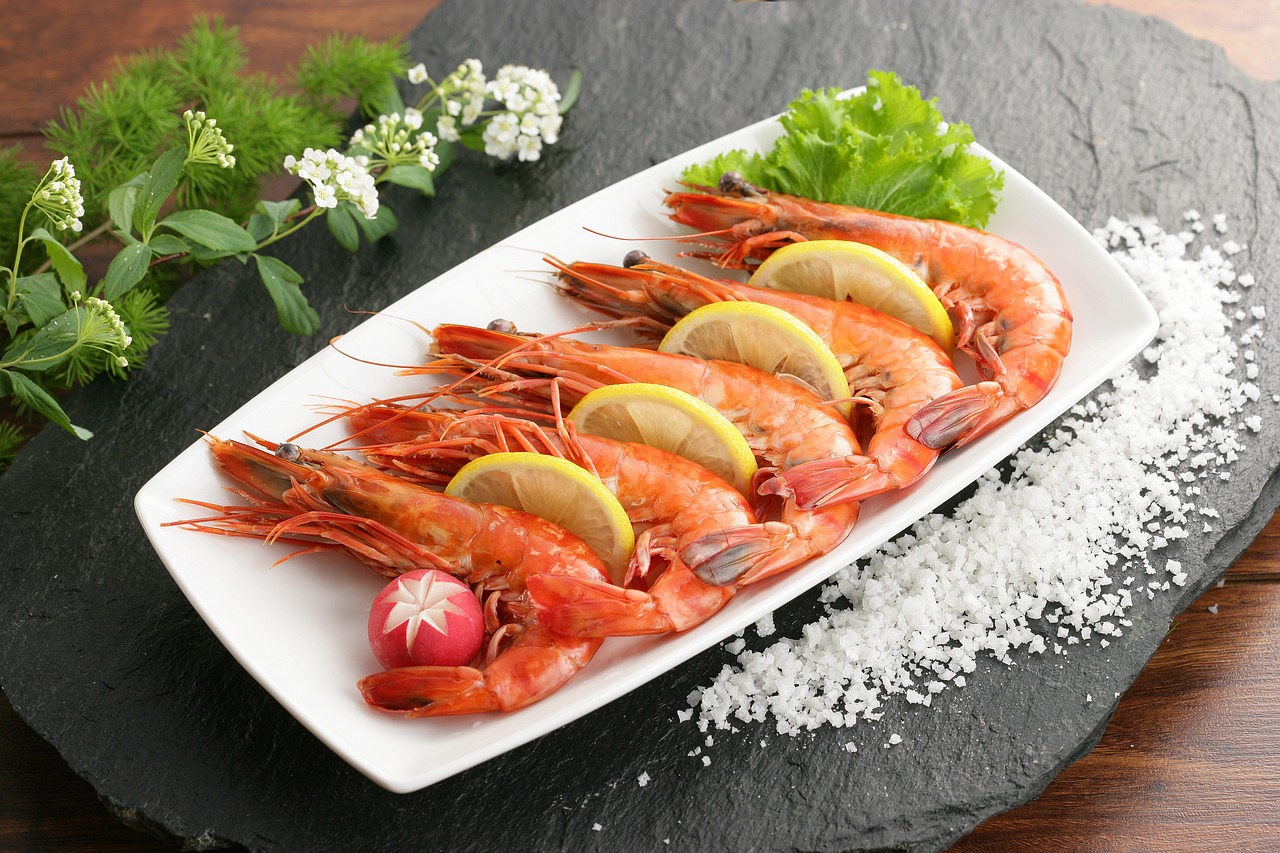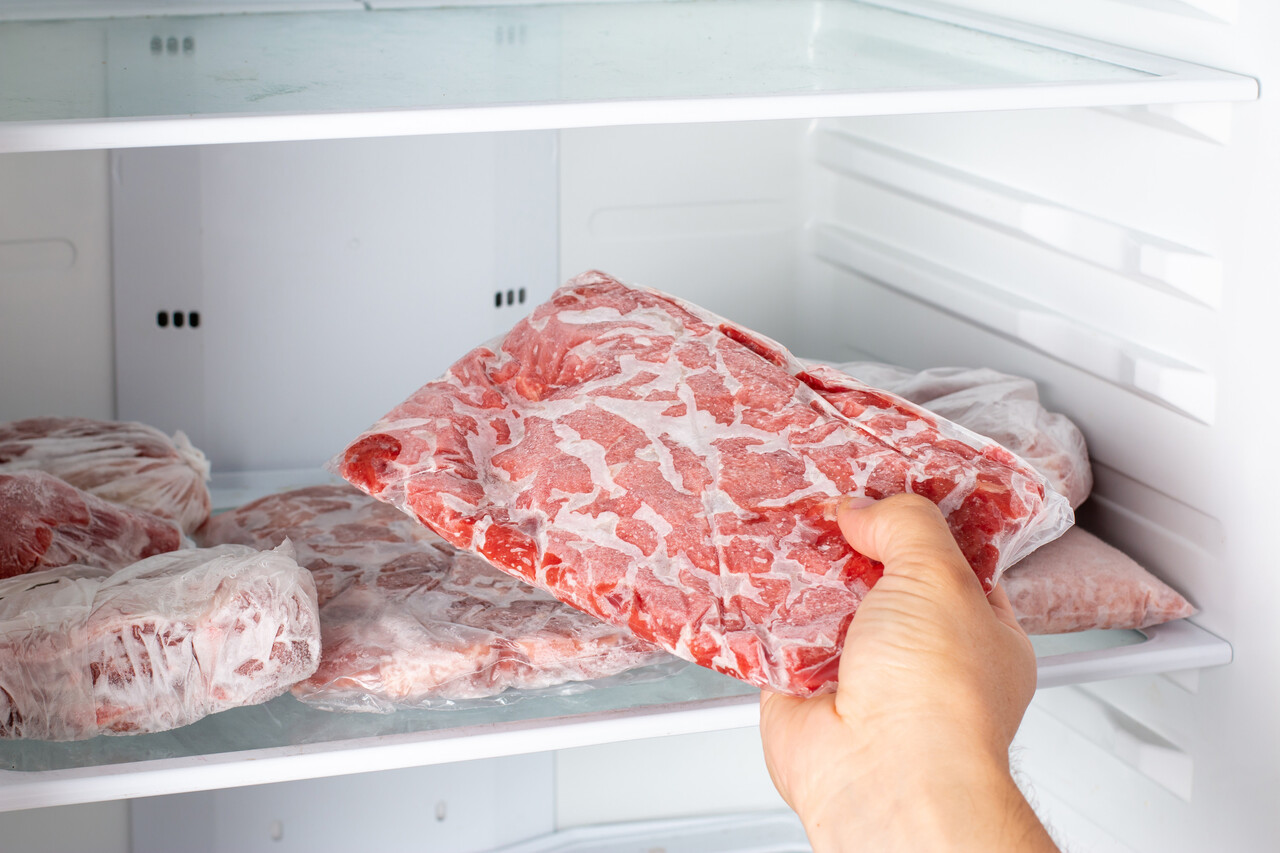Why the Way You Cut Your Sandwich Actually Matters
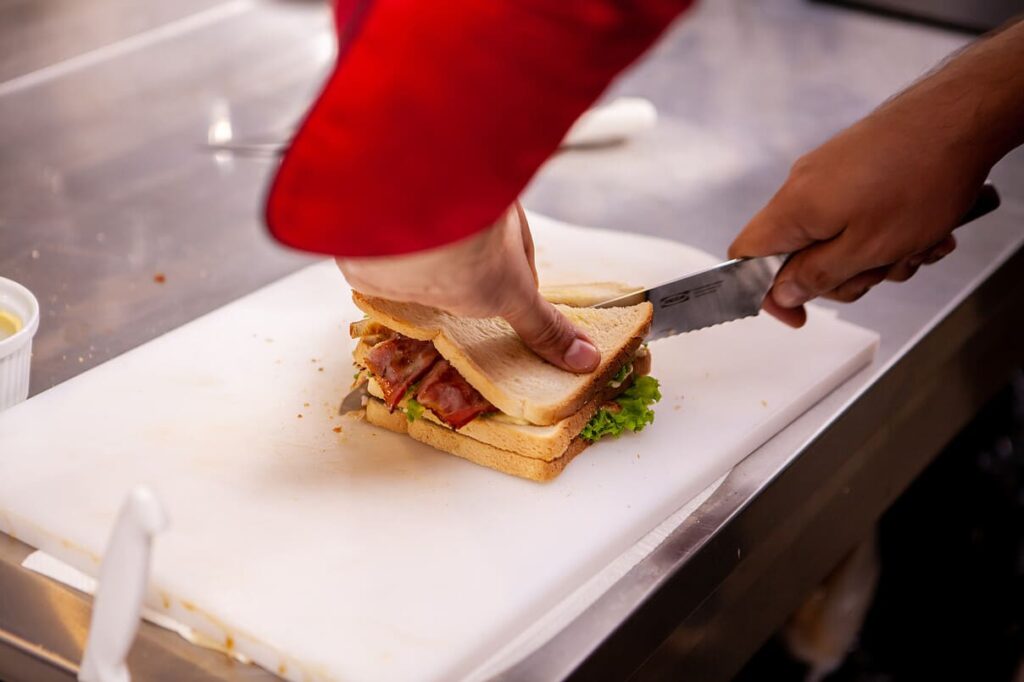
Cutting a sandwich might seem trivial, but it’s surprisingly impactful. The shape and angle of your slice can change how you experience the sandwich from the first bite to the last. Whether you’re a diagonal enthusiast or a horizontal purist, your choice reflects more than preference; it’s a statement.
Let’s break down how different cuts affect your sandwich experience, from structural benefits to psychological effects. We’ll also explore what your cutting style says about you.
The Classic Diagonal Cut: A Timeless Choice
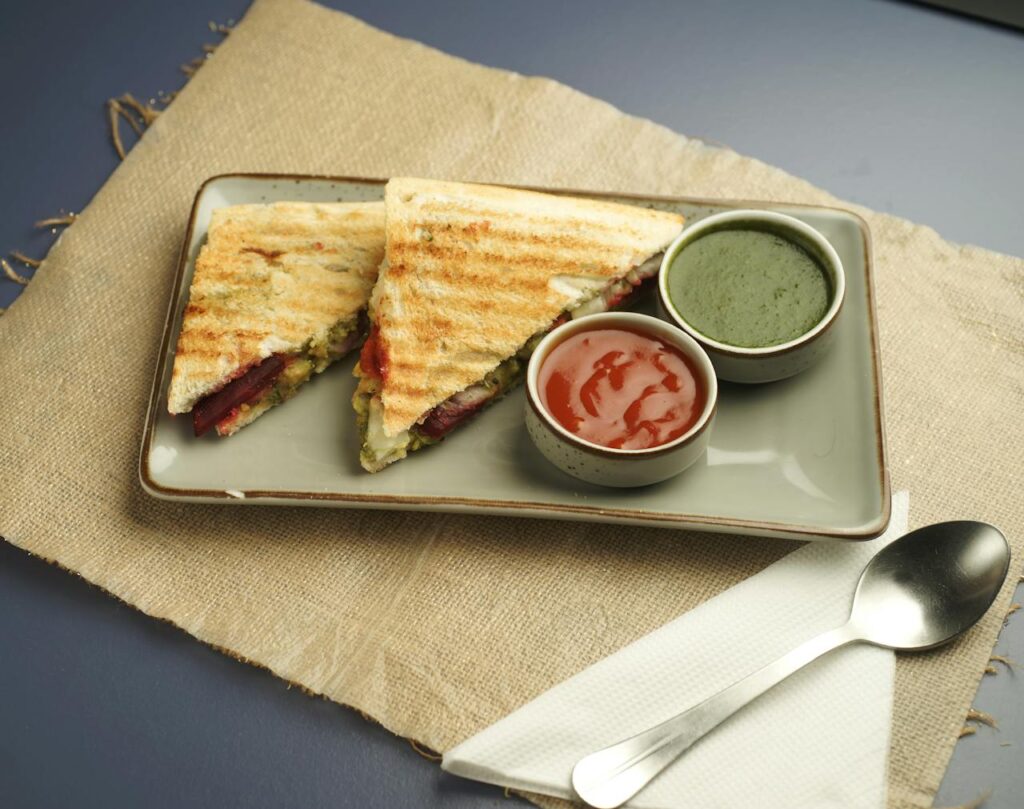
The diagonal cut is a favorite for a reason. It offers a balanced bite, with both crust and filling evenly distributed. This symmetry enhances the eating experience, making each bite satisfying. Additionally, the triangle shape is easier to handle, especially for grilled or stacked sandwiches.
Enhanced Structural Integrity
Cutting diagonally creates two triangles with pointed ends, providing a better grip. This shape is particularly beneficial for sandwiches with multiple layers or melted fillings, as it helps maintain the sandwich’s structure during consumption.
Visual Appeal and Perception
The diagonal slice exposes more of the sandwich’s interior, showcasing the ingredients. This presentation can make the sandwich appear more appetizing and can even influence taste perception, as we often associate appearance with flavor.
The Horizontal Cut: A Practical Approach
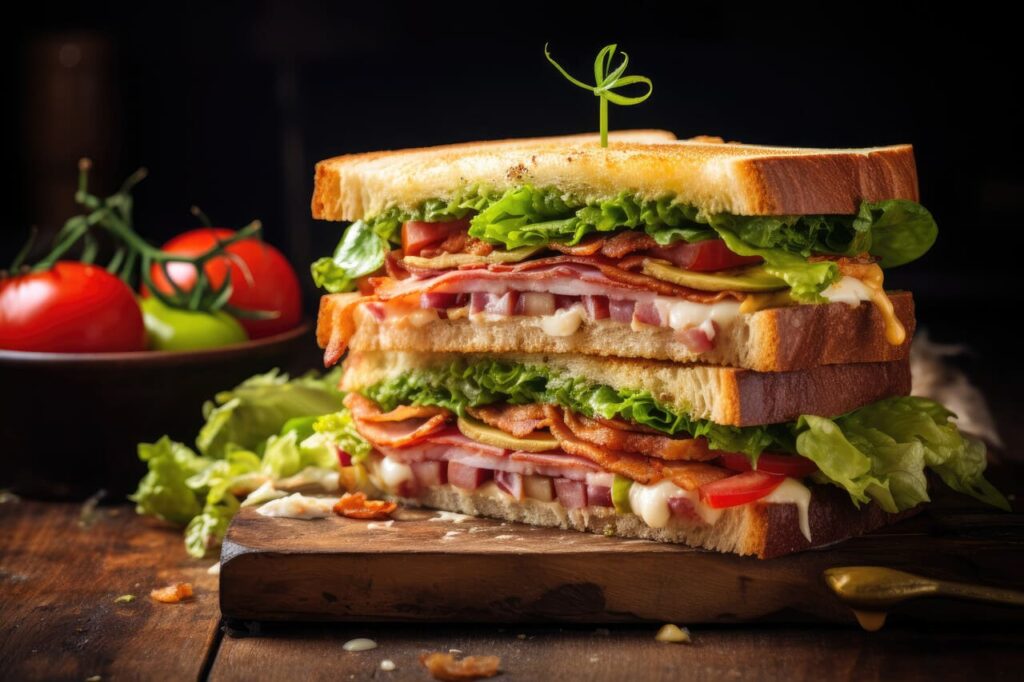
Opting for a horizontal cut results in two rectangular halves. This method is straightforward and practical, especially for sandwiches with uniform fillings. It ensures that each bite contains a consistent amount of ingredients, which can be appealing for those who prefer predictability.
Consistency in Every Bite
The horizontal cut offers uniformity, ensuring that each half of the sandwich contains an equal distribution of fillings. This consistency can be reassuring for those who value symmetry and balance in their meals.
Easier for Dipping
Rectangular halves are often more stable when dipped into sauces or soups, reducing the risk of the sandwich falling apart. This makes the horizontal cut a practical choice for sandwiches intended to be enjoyed with condiments.
The Y-Cut: A Modern Twist

The Y-cut is a recent innovation that involves making two diagonal cuts from a central point, creating a ‘Y’ shape. This method is gaining popularity for its unique presentation and the novelty it brings to the sandwich-eating experience.
Novelty and Conversation Starter
The Y-cut’s unconventional shape can spark conversations and add an element of fun to meals. It’s a great way to impress guests or add a creative touch to a casual lunch.
Potential for Uneven Bites
While the Y-cut is visually appealing, it may result in uneven distribution of fillings, leading to some bites with more crust and others with more filling. This can affect the overall eating experience, depending on personal preference.
What Your Sandwich Cut Says About You
Your choice of sandwich cut can reveal aspects of your personality. For instance, those who prefer the diagonal cut may value aesthetics and attention to detail, while fans of the horizontal cut might appreciate practicality and consistency. The Y-cut enthusiasts are likely open to new experiences and enjoy adding a touch of creativity to their meals.
More Than Just a Slice
The way you cut your sandwich is more than a minor detail; it affects your eating experience and reflects your personality. Whether you choose the classic diagonal, the practical horizontal, or the innovative Y-cut, each method offers unique benefits. Ultimately, the best way to cut your sandwich is the one that enhances your enjoyment.



